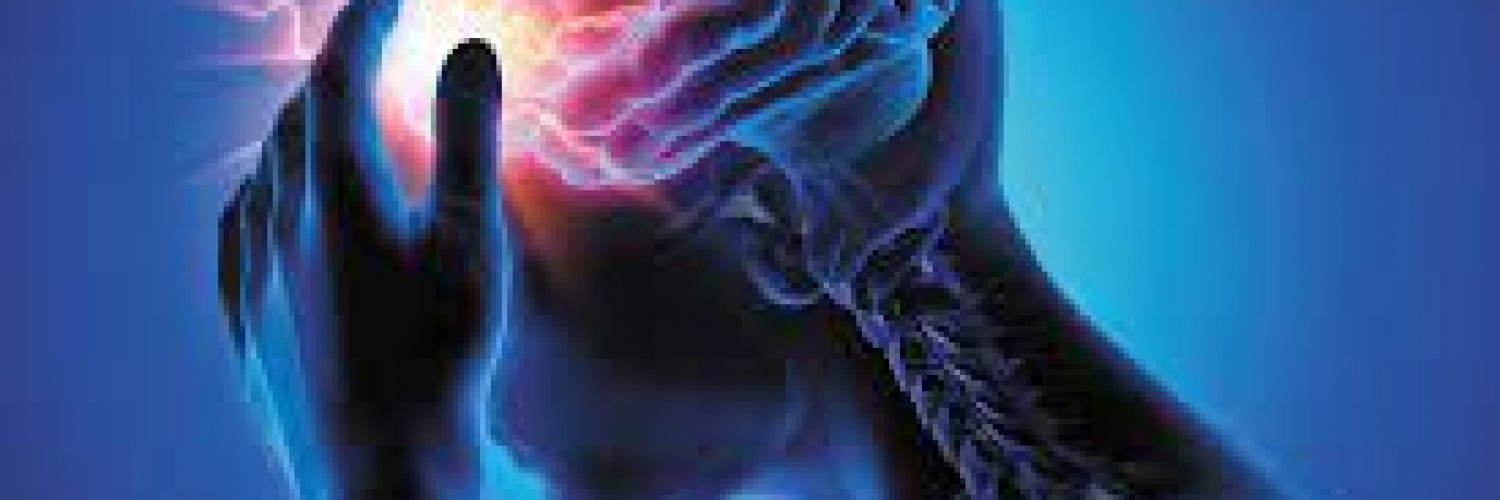Headaches are a very common disorder, with almost everyone experiencing a headache at least once in their lifetime. There are a number of different types of headaches. The three most common types are tension headaches, migraines and neck-related headaches.
Headaches caused by your neck are called cervicogenic headaches and are a common cause for chronic headaches. The presenting features can be very similar to those of tension headaches and migraines, often causing it to be misdiagnosed. These headaches are typically as a result of an injury to the upper joints of the neck. This can be caused by prolonged sitting, poor work postures, a traumatic event such as a motor vehicle accident or sporting injury, or even osteoarthritis.
Cervicogenic headaches are more common in females to males (2:1). Pain is typically distributed on one side of the head however, if severe enough it can be felt bilaterally. A major difference between cervicogenic headaches and other headaches is that is only stays on one side, and does not shift between the two sides of the head. Pain typically is found in the neck and the base of the skull and can migrate around to the top and side of the head, as well as the forehead region. You may even wake up with a headache and/or neck stiffness. Other symptoms include dizziness, vertigo, nausea and vomiting and visual disturbances and a reduced neck range of motion.
Your physiotherapist can help to determine the origin of your headache by a thorough and comprehensive subjective and physical examination. A physical examination may include assessing your neck and upper back movements, completing a postural assessment and assessment of your neck joints and muscles.
Those suffering from a cervicogenic headache usually make a full recovery, however, addressing the contributing factors which caused the headache will need to be addressed to prevent reoccurrences. This may include addressing posture, work-station ergonomics, exercise techniques, strengthening neck and upper limb muscles.
Olivia Yin
APA Physiotherapist, Evado Studios Newport
